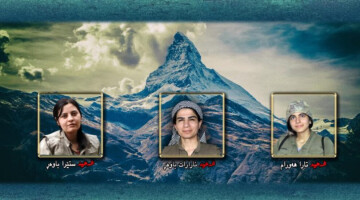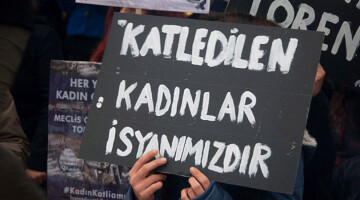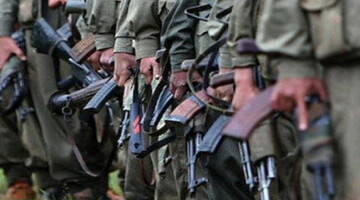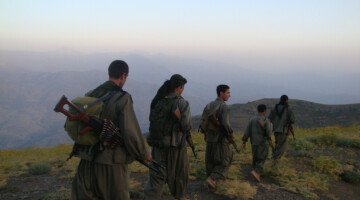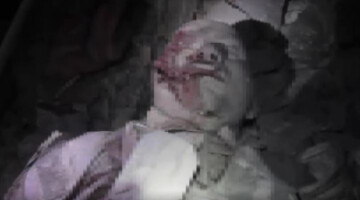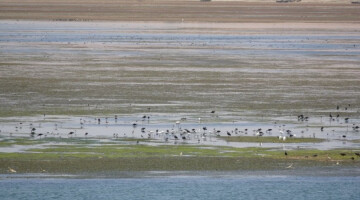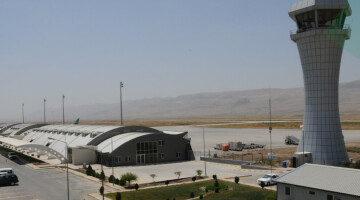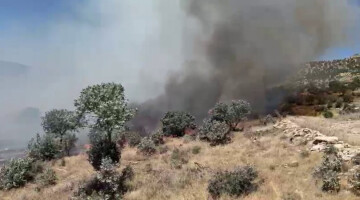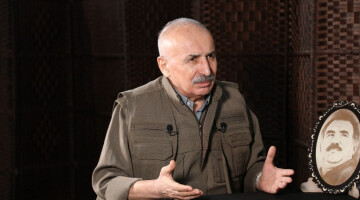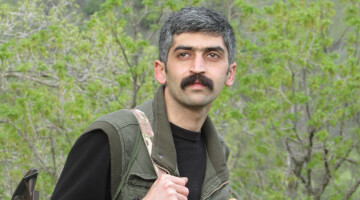The Press Center of the People's Defense Forces (HPG) has announced the identities of four guerrillas who fell as martyrs. "We commemorate with respect and gratitude our comrade Cesur, Şahan, Hewrê and Berxwedan, who contributed to great successes with their willingness to sacrifice and their insistence on the apoist battle line in an important phase of the struggle against the Turkish state's occupation and genocide attacks in 2024 and who fell in the process," said the statement released by the HPG.
The statement also expressed its condolences to the families of the guerrillas from Bakur, Rojhilat and Rojava and to the people of Kurdistan. The HPG provided the following information on the identity of the martyrs:
 Code name: Cesur Roboskî
Code name: Cesur Roboskî
First and last name: Özgür Encü
Place of birth: Şirnex
Names of mother and father: Nahide – Fehmi
Date and place of death: 2024 / Medya Defense Areas
 Code name: Şahan Şahin
Code name: Şahan Şahin
First and last name: İsmail Dayı
Place of birth: Wan
Names of mother and father: Yadigar – Koçer
Date and place of death: 2024 / Medya Defense Areas
 Code name: Hewrê Bêkes
Code name: Hewrê Bêkes
First and last name: Ferdîn Salihî
Place of birth: Kerec
Names of mother and father: Perîza – Mustafa
Date and place of death: 2024 / Medya Defense Areas
 Code name: Berxwedan Serdem
Code name: Berxwedan Serdem
First and last name: Salih Muhammed
Place of birth: Aleppo
Mother and father's names: Nazli – Muhammed
Date and place of death: 2024 / Medya Defense Zones
Cesur Roboskî
Cesur Roboskî was born in the village of Roboskî in the Botan region of North Kurdistan and belonged to the Goyî tribe, which was known for its resistance to oppression even before the emergence of the PKK movement. Due to repression by the Turkish state, his family moved to the nearby district town of Cizre, where Cesur spent his childhood and youth and was socialized under the influence of the Kurdish freedom movement.
In 2011, 34 civilians, including 19 minors and numerous relatives of Cesur, were killed in Roboskî by a targeted air strike by the Turkish army. To date, no one has been held accountable for the massacre. Cesur went to the mountains in 2013 and joined the guerrillas. After his basic training, he stayed in various regions within the Medya Defense Areas and spent three years in the Zagros Mountains. When the Turkish state unilaterally ended talks on a peaceful solution to the Kurdish question in 2015 and attacked the freedom movement with the intention of annihilation, Cesur played an active role in the guerrillas' resistance. Most recently, he fought against the Turkish invasion in the Avaşîn, Zap and Metîna regions and took part in various revolutionary offensives.
Şahan Şahin
Şahan Şahin was born in Wan-Qelqelî in North Kurdistan and grew up in an environment close to the PKK. As an adolescent, he took part in activities of the Kurdish youth movement. He continued his political commitment as a student. When ISIS invaded Kurdistan in 2014 with the support of the Turkish state, he dropped out of college and joined the guerrillas in the Serhed region. There he learned the basics of guerrilla life and took part in the resistance against the Turkish army's massacres that flared up again in 2015.
In 2016, he came to the Medya Defense Areas for further training. He then fought against IS in various locations for three years. He gained combat experience and distinguished himself through his courage, accuracy and selflessness. When IS was largely repelled, he returned to the Medya defense areas and took on strategically important tasks that required great trust and diligence. Şahan was part of the resistance against the Turkish invasion of Southern Kurdistan and fell in an enemy attack after ten years of revolutionary struggle.
Hewrê Bêkes
Hewrê Bêkes was born in Kerec in East Kurdistan and grew up aware of his Kurdish identity. He realized early on that Kurdistan was divided by artificial state borders and subject to a regime of extermination. As a teenager, he looked for options for action but could not find a suitable fighting base. All he knew about the PKK was that it had been waging an armed struggle against the Turkish colonial state for decades. It was only after the legendary resistance against ISIS in South Kurdistan, Rojava and Shengal from 2014 onwards that he began to take a closer look at the freedom movement that had emerged from the PKK.
In 2017, he went to the mountains and joined the guerrillas. During his basic ideological and military training, he was particularly impressed by the equal and collective coexistence of the fighters. He took on tasks in various places in the Medya Defense Areas and made a great effort in the construction of tunnel systems. When he was transferred to the war zone at his own and persistent request, he took part in many successful actions against the Turkish occupation troops and fought resolutely until the end as an apoist militant for a free life in Kurdistan.
Berxwedan Serdem
Berxwedan Serdem was born in Aleppo. His family comes from Afrin and has been closely connected to the Kurdish freedom movement for many years. As a result, the PKK and Abdullah Öcalan played a formative role in his life from an early age. He attended a state school run by the Syrian Baath regime for a while and worked in various jobs in Afrin and Aleppo to help support his family. In the course of the Rojava revolution, he came into closer contact with the apoist movement and initially took part in youth work and later in the military defense of the population against the increasing attacks by Islamist groups.
When the Turkish state occupied Afrin in 2018 and committed massacres, Berxwedan decided to become a professional freedom fighter and join the guerrillas in the mountains of Kurdistan. He later described this step as a new beginning in life. He gained his first practical experience in guerrilla life and developed into a militarily and ideologically skilled militant who was given important tasks. After specialized training at a guerrilla academy, he took part in the resistance against the Turkish army in the Medya Defense Areas and was one of the first fighters to oppose the occupying forces on the western front of the Zap region in Sergelê.

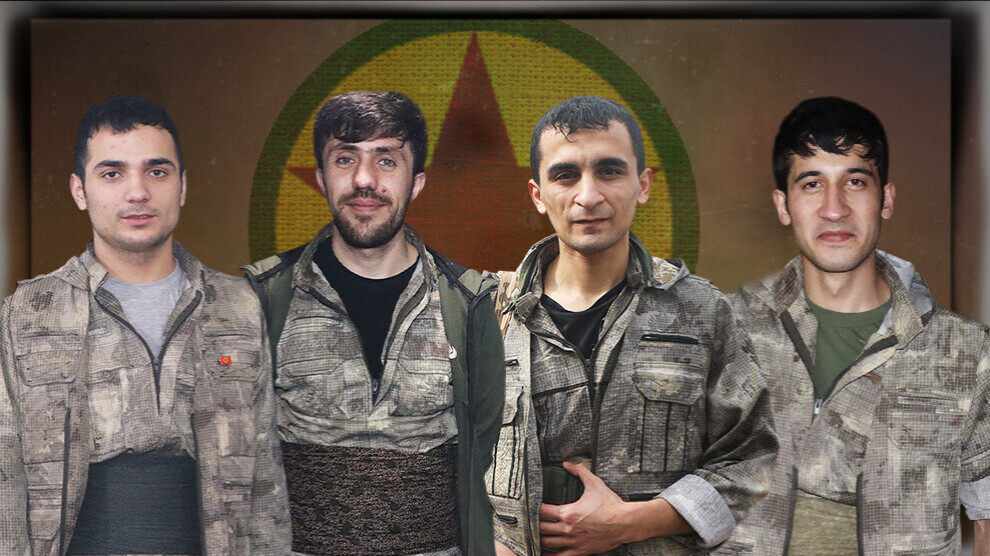
 Code name: Cesur Roboskî
Code name: Cesur Roboskî Code name: Şahan Şahin
Code name: Şahan Şahin Code name: Hewrê Bêkes
Code name: Hewrê Bêkes Code name: Berxwedan Serdem
Code name: Berxwedan Serdem